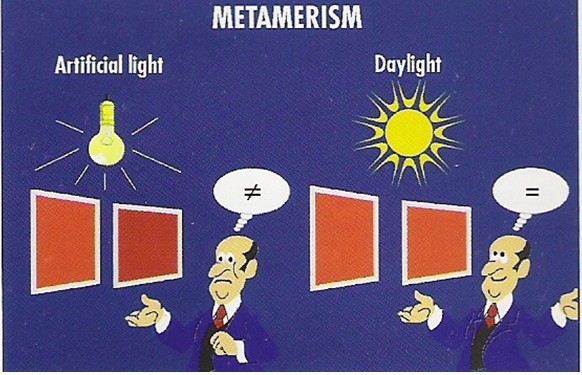Making a lot size for preparation or dyeing:
Grey stage fabric usually 60-70 m in length so that several pieces are stitched together to make
a processable length ( Lot size ). Normally
Polyester (Sewing thread ) yarn is used for stitching. Marked each piece
properly for sort number, lot number etc. so that pieces can be identify at any
stage of the processing. Two pieces are arranged selvedge to selvedge and the
ends are stiched on a special end to end stitching machine so that pieces are
joined without overlapping: Some of the important poits are given below:
•
Cotton threads:
3/40s, 4/30s, 4/36s, 6/28s and 6/36s are popular
•
Polyester threads
are also used when carbonising is required
• Stitches per
inches: 6 to 7 for coarse, 7 to 8 for
poplin and 8 to 10 for cambric
Stitching defects: Stitching defects are described below:
i) Protruding
Selvedge: It mostly occurs due to
difference in width of the pieces. Some time careless handling also lead to a
protruding selvedge.
It Causes: Fold or selvedge crease and the fold portion either less dyed or remain
undyed
ii) Open End: Pieces are not locked in the stitch at and near the selvedge
and due to careless handling.
It Causes: Such stitch will open out more and more every pull around guide roll during processing. It may induce Fold or crease formation at the selvedge, undyed/unprinted folds will result.
iii) Loose Thread: It occurs due to careless handling of stitching
process.
It Causes: It may cause thread mark in dyeing and printing, lead entanglement in machine parts, etc. The loose thread may pick up soil and damage long lengths
iv) Fold: If the large folds are inserted in the stitch to accommodate width
difference of two pieces, it will surely lead to damage
It Causes: It may cause warp stripes in dyeing and creases in dyeing and printing
v)Broken Stitch: It may be due to poor machine condition, poor quality of thread or poor
method of operation.
It Causes: It may cause damage in dyeing and printing












